IEC 61730 Explained: Safety Standards for Photovoltaic Modules
In the solar energy industry, safety is as important as performance. One of the most critical safety standards for solar modules is IEC 61730. This international standard defines safety requirements for photovoltaic (PV) modules. It ensures that solar panels operate reliably without posing risks to people or property. Whether you are an installer, manufacturer, or solar project developer, understanding IEC 61730 is essential.
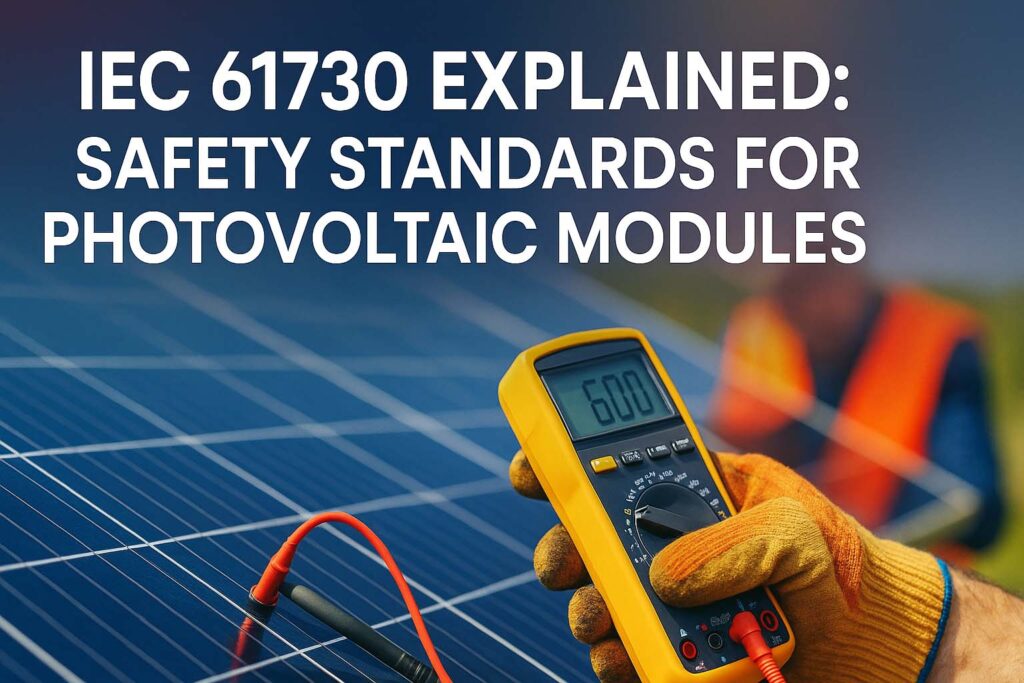
What is IEC 61730?
IEC 61730 is a globally recognized safety standard developed by the International Electrotechnical Commission (IEC). It applies specifically to PV modules used in systems that generate electricity from sunlight. The goal is to ensure safe electrical and mechanical operation throughout the module’s lifetime.
The IEC 61730 standard is designed to work in combination with IEC 61215, which focuses on performance and durability. Together, they provide a full framework for testing solar panels before they enter the market.
Importance of IEC 61730 Certification
Getting certified under IEC 61730 is not just about meeting legal requirements. It is about ensuring that PV modules are safe under all expected environmental and electrical conditions. It protects end users, prevents fire hazards, and enhances the credibility of solar panel manufacturers.
Why it matters:
- Reduces risk of electrical shock
- Prevents fire hazards
- Enhances product reliability
- Required for international market access
- Increases buyer confidence
Manufacturers that meet IEC 61730 standards are considered more trustworthy and reputable, especially in competitive global markets.
Know more about IEC Standards for Solar Panel Installation
Structure of IEC 61730 Standard
The IEC 61730 standard is divided into two parts:
| Part | Title | Description |
|---|---|---|
| 1 | IEC 61730-1: Construction Requirements | Outlines design, material, and component specifications |
| 2 | IEC 61730-2: Testing Requirements | Describes testing procedures to validate module safety |
Let’s dive deeper into each part.
IEC 61730-1: Construction Requirements
This part focuses on how the solar module should be built. It evaluates every component, including the glass, encapsulants, backing sheets, and junction boxes. The aim is to ensure that the module’s structure can withstand electrical stress and environmental exposure.
Key construction criteria:
- Insulation resistance and clearances
- Bypass diode integrity
- Enclosure protection (IP rating)
- Fire resistance
- Safe grounding and earthing points
Modules must use fire-retardant materials. Junction boxes must be weatherproof. Connectors and wires should resist UV exposure. These construction guidelines help prevent failure due to harsh weather, water ingress, or material degradation.
Know more about IEC Standard Compliance Checklist
IEC 61730-2: Testing Requirements
Part 2 of the standard deals with testing procedures. These tests simulate real-world operating conditions and potential hazards. The goal is to evaluate how the module performs under mechanical, thermal, and electrical stress.
Major safety tests in IEC 61730-2 include:
| Test Type | Description |
|---|---|
| Wet leakage current test | Checks for insulation failure in wet conditions |
| Mechanical load test | Evaluates structural strength against wind and snow |
| Fire test | Assesses flammability and ignition risks |
| Impact test | Simulates hail or debris hitting the module |
| Temperature cycle test | Examines effects of rapid temperature changes |
| Reverse current overload | Ensures protection against electrical backflow |
Each test is designed to identify potential weaknesses that could cause accidents or reduce the module’s lifespan. If a module fails any of these tests, it must be redesigned before retesting.
Classification of PV Modules in IEC 61730
IEC 61730 classifies PV modules into different safety classes based on usage:
| Class | Application | Insulation Type |
|---|---|---|
| Class I | Grounded systems (utility-scale) | Protective grounding required |
| Class II | Ungrounded systems (residential) | Double insulation |
| Class III | Extra-low voltage systems | Limited use, mostly off-grid |
This classification helps installers and designers choose the right modules for specific applications. Using the wrong class can lead to performance loss or safety risks.
Know more about Difference Between IEC Standards and IEEE
Who Should Follow IEC 61730?
Anyone involved in the design, manufacturing, or installation of solar panels should understand and follow IEC 61730:
- Manufacturers: Must ensure design and materials meet standard
- Installers: Must use certified modules to comply with local codes
- Engineers: Use certification data for safe system design
- Inspectors: Check compliance during system evaluation
- Procurement teams: Use certification as a quality benchmark
For utility-scale projects, certification is often mandatory. Government bodies and financial institutions also require it before issuing permits or loans.
Differences Between IEC 61730 and IEC 61215
Though they are often mentioned together, IEC 61730 and IEC 61215 serve different purposes:
| Feature | IEC 61730 | IEC 61215 |
|---|---|---|
| Focus | Safety | Performance |
| Tests | Electrical, fire, mechanical | Thermal cycling, humidity, UV |
| Purpose | Prevent hazards | Ensure energy output over time |
| Required For | Electrical safety compliance | Performance validation |
Together, both standards ensure that a solar module is not only efficient but also safe for use over decades.
Updates in IEC 61730:2016 Edition
The 2016 edition of IEC 61730 made major improvements over earlier versions. It aligned with IEC 61215:2016 and introduced better clarity in safety classifications and testing scope.
Key updates:
- Unified test conditions across all module types
- Improved testing for bifacial modules
- More rigorous flame spread testing
- New labeling requirements for traceability
These changes reflect the industry’s shift toward higher power outputs and more diverse installation environments.
How IEC 61730 Affects Market Access
Solar modules that are not certified under IEC 61730 may be rejected in many regions, including the EU, USA, India, and Japan. Certification helps manufacturers enter international markets with confidence.
Certifying bodies include:
- TUV Rheinland
- UL (Underwriters Laboratories)
- Intertek
- Bureau Veritas
Certified modules carry a mark from these bodies, which makes them easier to approve in compliance inspections. It also makes them more appealing to investors.
Compliance Strategy for Manufacturers
To meet IEC 61730 requirements, manufacturers need to:
- Choose certified raw materials (glass, EVA, junction box)
- Follow strict quality control in production lines
- Work with IEC-accredited testing labs
- Retest regularly when making design changes
- Keep documentation for traceability
Design validation and pre-certification testing are critical steps. Failures during official testing can delay product launches and increase costs.
Conclusion: Why IEC 61730 Matters
IEC 61730 is more than a regulatory hurdle. It is a framework that protects people, property, and investments. In today’s competitive solar industry, safety equals trust. Manufacturers that follow this standard not only meet legal expectations but also stand out in the market.
Whether you are building a rooftop system or a solar farm, IEC 61730-certified modules are the smart choice. They offer peace of mind, better insurance acceptance, and long-term reliability.
Follow Us on Social:
Subscribe our Newsletter on Electrical Insights for latest updates from Electrical Engineering Hub
#IEC61730, #SolarPanelSafety, #PhotovoltaicModule, #PVModuleStandards, #IECStandards, #SolarEnergy, #PVSystem, #ElectricalSafety, #SolarPanelTesting, #RenewableEnergyStandards, #PVModuleCertification, #IEC61730Testing, #SolarInstallation, #PVCompliance, #SafetyStandards
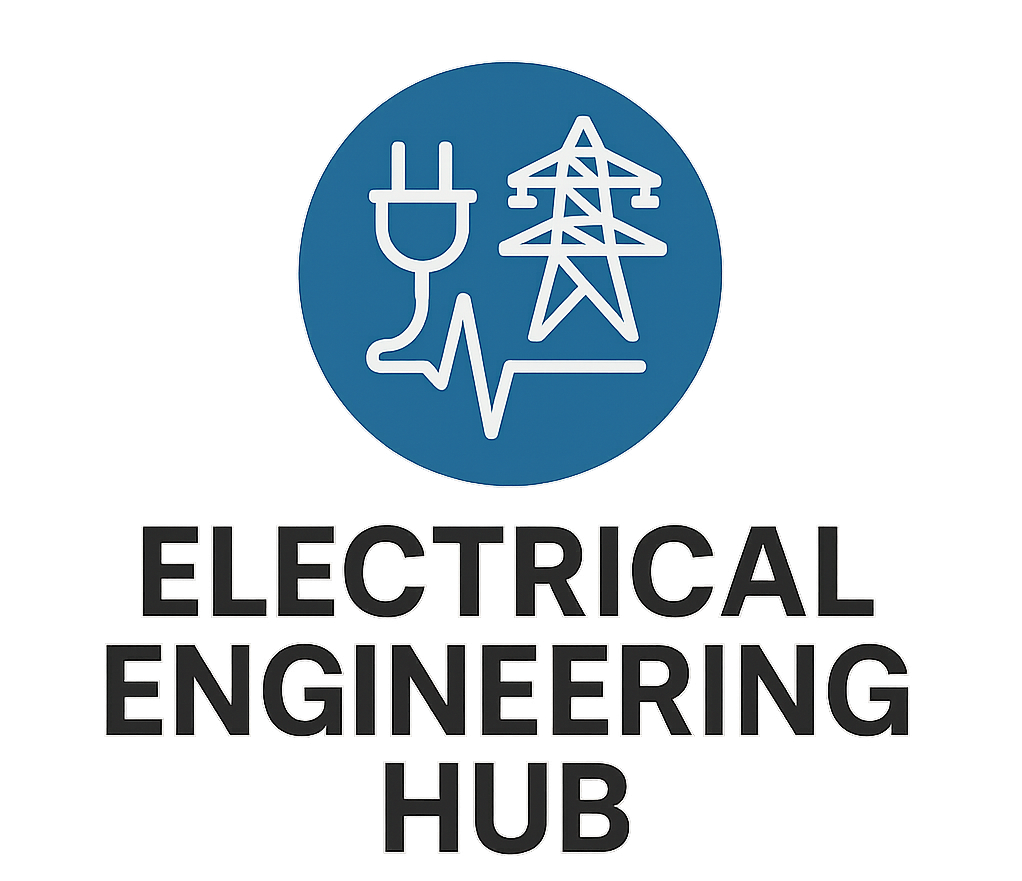
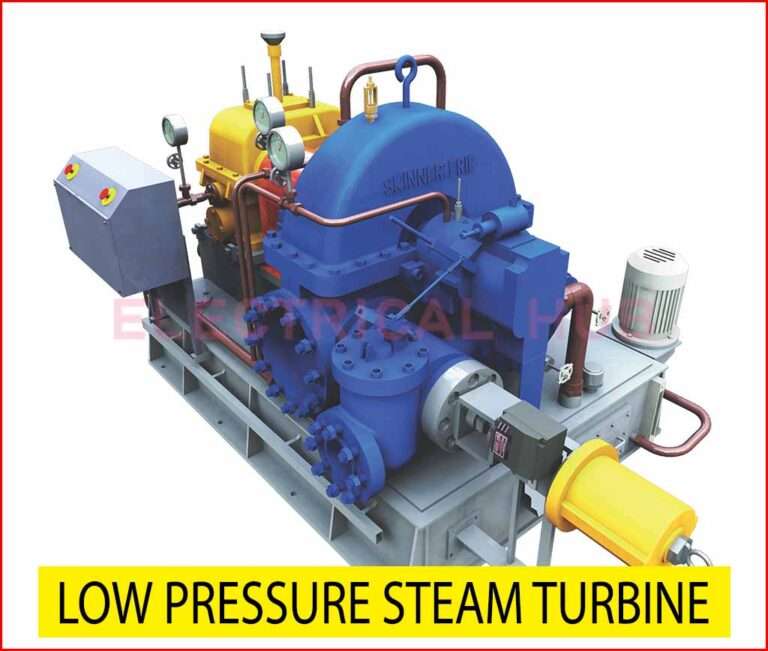
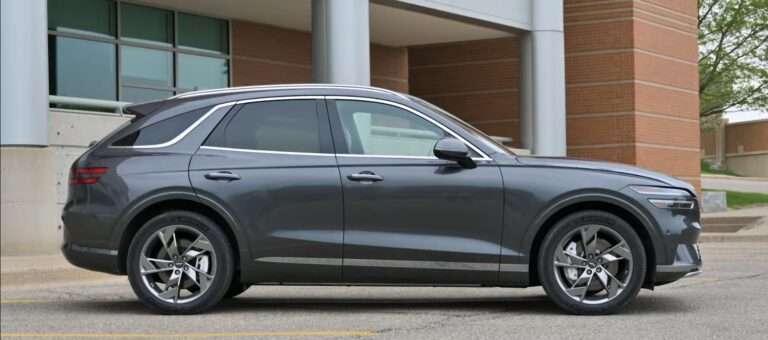
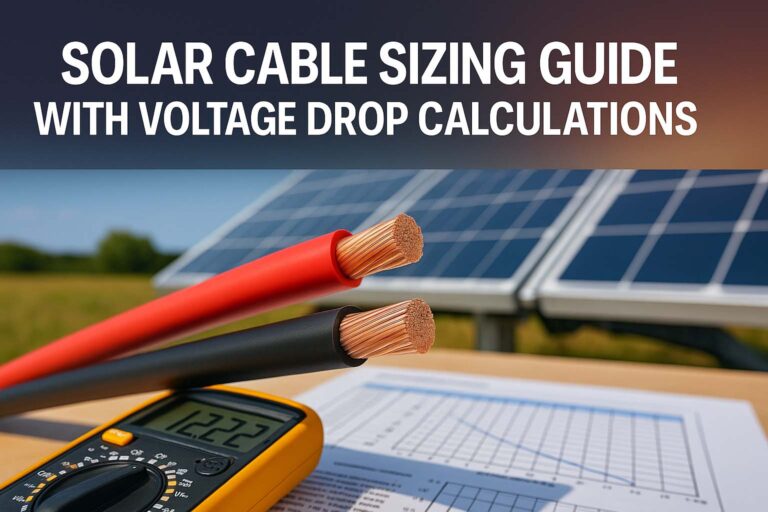


glad to be one of many visitors on this awing website : D.
اريد الحصول على شهادة IEC لالواح الطاقه الشمسيه ماركة ORANGE STAR المنشأ الصين